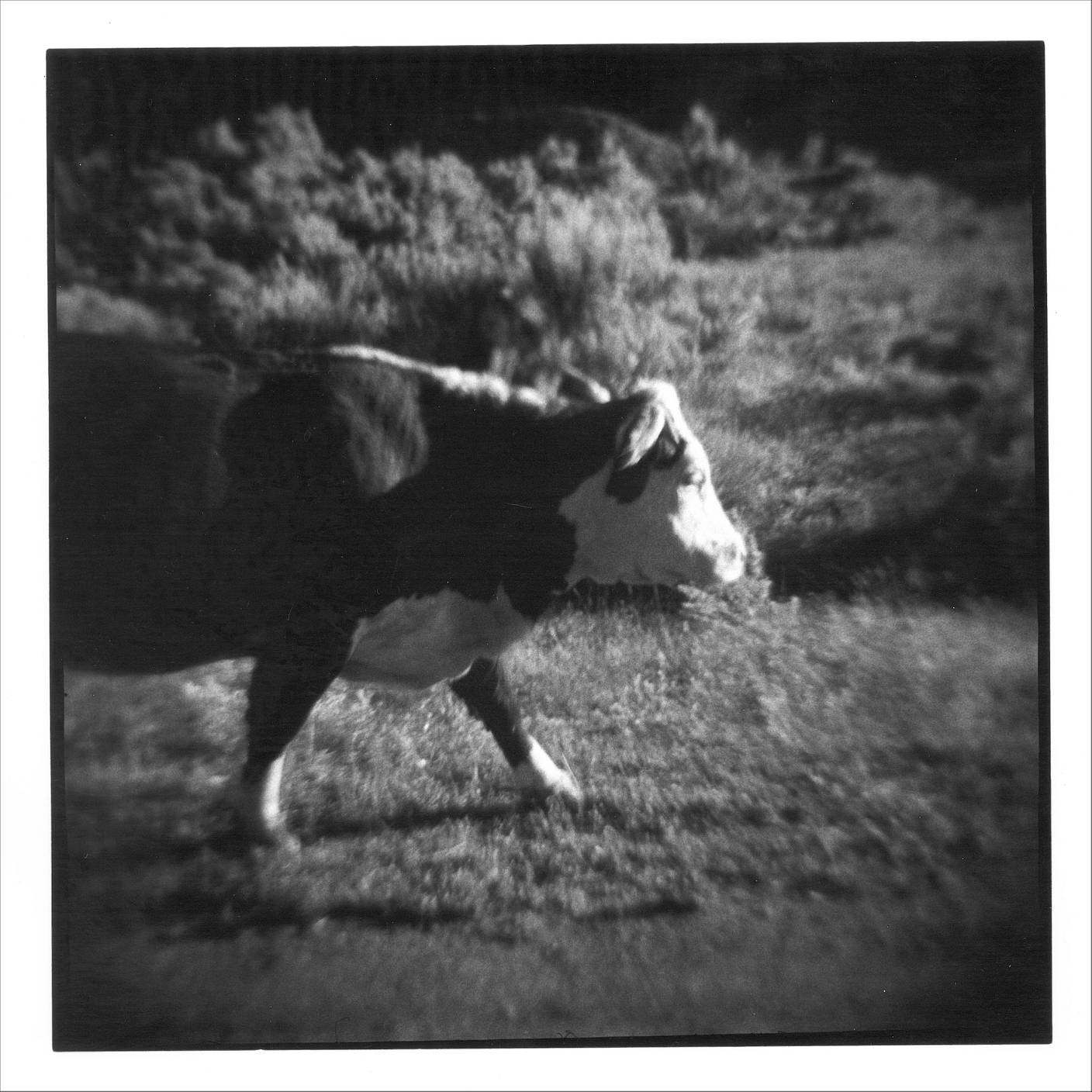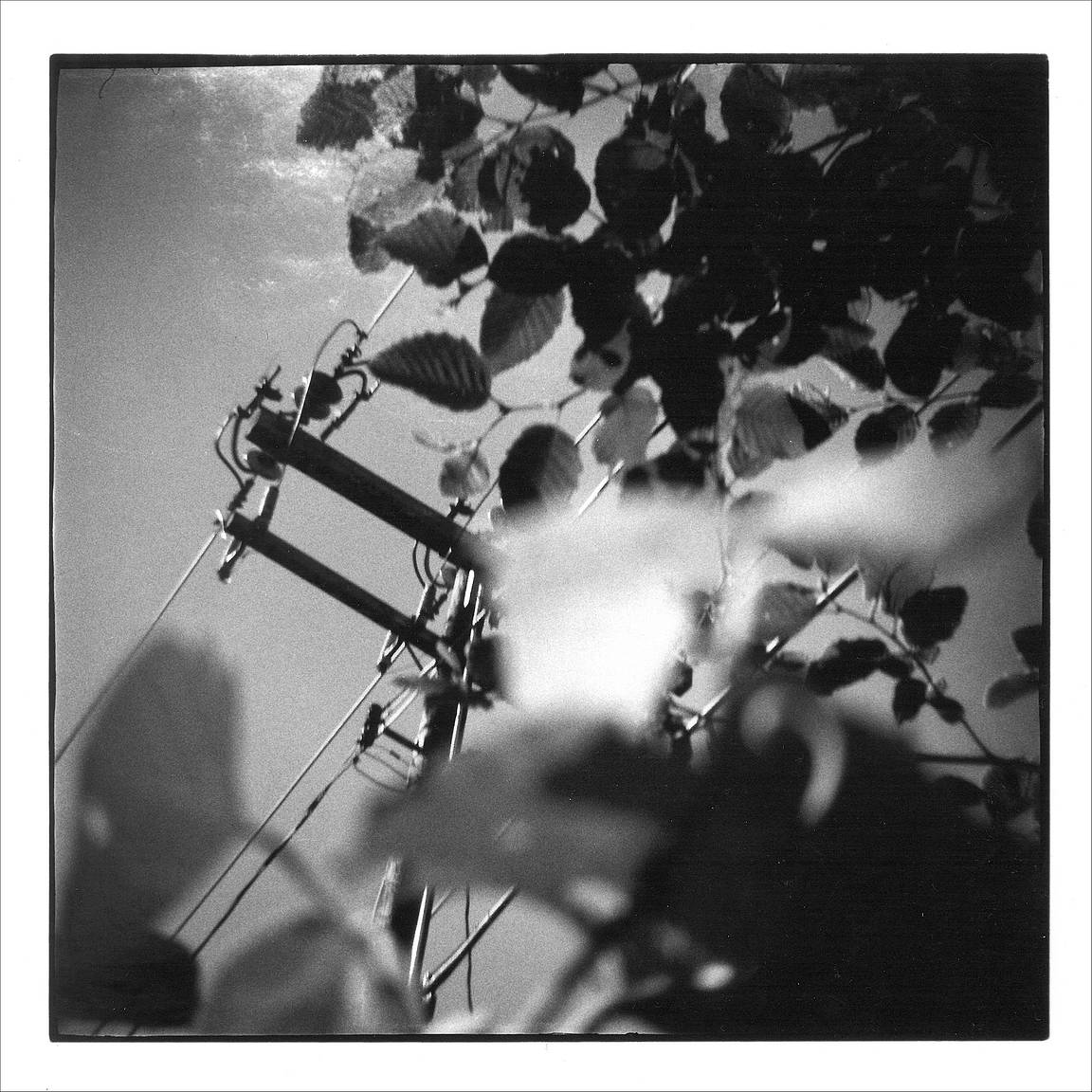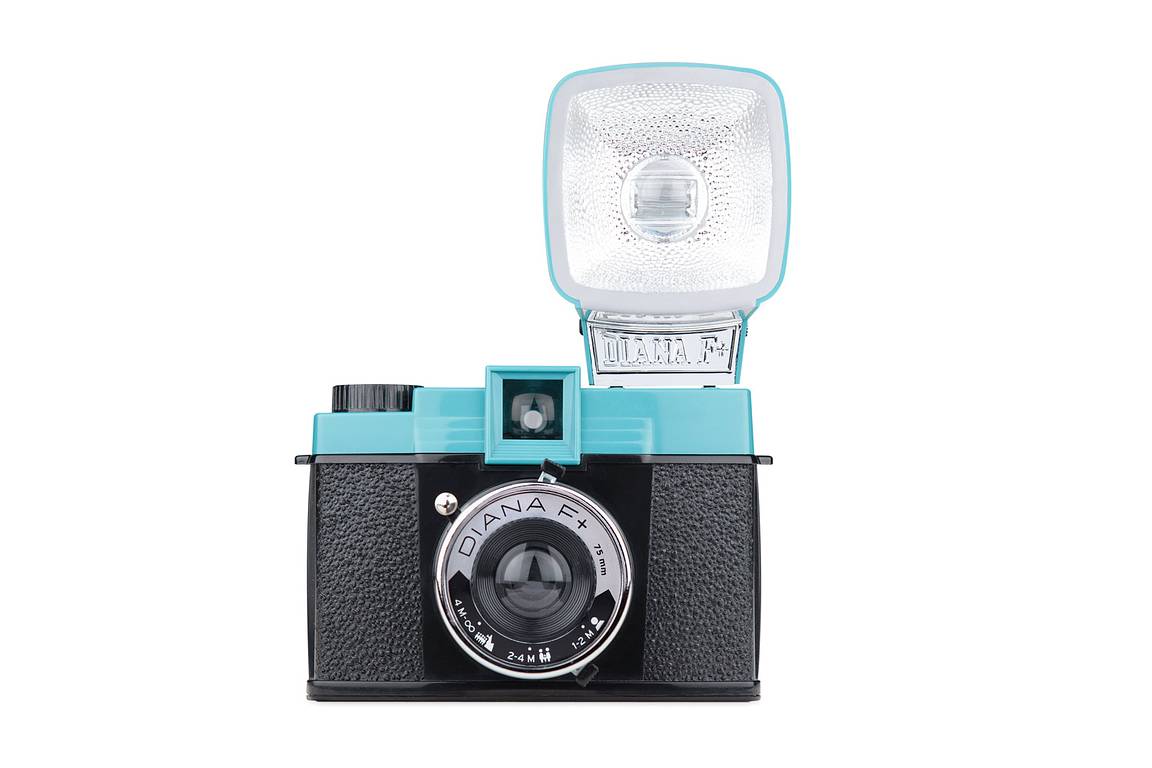WE DO THE REST: A Decade Long Family Project by Sophie Schwartz
3 11 Share TweetMore than a hobby or a passion, photography came as second nature for Sophie Schwartz with a photographer dad and a seamstress mom. But beyond creativity for the sake of it, Sophie's work explores grief, memory, and queer connection. Based out of New York City, they're interested in "pulling slivers of the past into the present to examine how their function and cultural significance has changed over time," they explain.
Currently working as the photography editor of PIQUE , "a magazine that celebrates the art and cultural contributions of queer women and non-binary individuals," and at The Penumbra Foundation , a nonprofit focused on photography and its historical processes, Sophie also took on one of their dad's old photography projects and revisited it, decades later within a new light. WE DO THE REST is the result of years of labor, love, film, research, and magical thinking.

Hello Sophie! First off, can you tell us what’s your artistic background, and how did you get into photography?
Hi Lomography, I am an artist based in New York City. My artistic background is based primarily on black and white photography. My dad was a photographer and many of his friends were photographers and artists as well, which certainly shaped who I am as an artist and was my first introduction to the medium. My mom is a very talented seamstress and craftsperson and I also spent my whole childhood working on projects with her. Having two creative parents definitely inspired me to take interest in art at an early age. It was not until high school, however, that I learned how to use a 35mm camera and print images in the darkroom. Ever since then, I’ve been hooked on analogue photography.
In such a digital era, why do you still shoot and work with film?
I love the physicality of film and how it forces me to slow down and work carefully. For the past four years, I have been mostly working with a 4x5 view camera and it gives me so much control over the images I make. It feels more akin to painting or drawing. I also equally enjoy the experience of processing my own film and making silver gelatin prints in the darkroom.

What do you usually like to shoot?
These days, I am most interested in making photographs with people. I like collaborating with other people to take pictures. I have mostly been focusing on photographing fellow queer people and have a few close friends I make portraits with.
I also am very drawn to making photographs in my hometown of Cleveland, which is imbued with personal history, beauty, and grief for me.

How did you decide to take on the project WE DO THE REST?
Two years after my dad passed away, I found boxes and boxes of Diana cameras, negatives, contact sheets, prints, and letters in the attic of my childhood home. I had some understanding of the project, which he had explained to me when I was younger. However, at the time I discovered the archive, I was taking a photo history course in college and was so much better equipped to understand the historical significance of the archive and who was involved. I decided it would be an interesting and meaningful project to take on as my undergraduate thesis project at Brown University where my major was Modern Culture + Media where I focused on photography, photo history, and critical theory.
Can you explain to us in your own words what the project is about?
WE DO THE REST, as my father, Mark Schwartz, originally conceived in 1979, was a project where he anonymously sent Diana cameras to over 200 photographers. Each camera included instructions to make and return sixteen images to the sender, with the promise of an anticipated exhibition. Many responded. The result: an extensive archive of letters, cameras, and photographs, which provide an amusing and insightful snapshot of the experimental climate of the photographic community at this time. His idea was to use this project as a litmus test of the photographic community at that moment in time. By giving a range of photographers the same tools to make photographs and seeing what they did with them, it would capture the range and the creativity of the group to reveal a catalog of statements on the photographic process. This project was his MFA thesis project at Ohio University and was based in Athens, Ohio.
My iteration of WE DO THE REST is a recontextualization of my father’s project from over forty years ago. As a photographer and artist interested in archives and photo history, I organized, digitized, and used this found archive to ask questions and make work. I connected with the original participants from the project to gain information and insight as well as to connect with my late father. This endeavor started as my undergraduate thesis project in 2017, but I am working to expand it for future exhibitions and a book.

Why was the Diana camera used?
I am not completely sure, but my guess is because, at that time, the Diana was inexpensive and basic. They were produced in Hong Kong and exported to the United States as a toy camera costing a dollar or less. In his letters to participants, he called the camera an “image-making machine,” which it certainly was, but the results were unpredictable.
Additionally, in the 60s and 70s, there was a buzz around the Diana in Ohio specifically. From my research, professor Arnold Gassan, who taught at Ohio University introduced his students to the Diana and it was a camera that image-makers in that community experimented with. As a result, several people were seriously using the Diana in Athens, Ohio, which is where my dad was in graduate school and living at the time. Perhaps the most well-known user of the Diana is Nancy Rexroth who published her seminal book, Iowa, in 1976 containing all images made with a Diana. She also attended Ohio University for her graduate degree in photography a decade earlier than my dad but influenced and participated in WE DO THE REST.
When did you first hear about it?
My first memory of the project was from when I was around fifteen and was first getting interested in analogue photography. At that time, he gave me one of the Dianas from the project for me to experiment with. The specific camera he gave me was labeled “Gary.”
Was it emotionally hard to pick up this project, years later?
It was emotionally tough at times to work on this project. Along the way, I had so many questions I wanted to ask my dad. He had only passed away a couple of years before when I began working on this project and I was still in the throes of grief. However, it was a meaningful way for me to continue his project and legacy. Reengaging with WE DO THE REST allowed me to connect with people from his life and his past that I never would have spoken to in any other circumstance. I had beautiful conversations with participants and got to hear stories about my dad when he was my age. I was really fortunate to find an archive that was so well organized and thought through. It gave me a glimpse into his mind and what he was thinking about at that time.
Can you tell us more about the synthesis of memory, from your point of view?
Embarking on this project showed me how powerful images are in sparking memories. An important element of my take on this project was contacting all of the original participants from WE DO THE REST who were still living. I wrote participants via email to inform them I was working on this project and to invite them to share any memories or thoughts. Many people responded and told me they had no recollection of the project or participating. I would respond to their email with scans of the images they made with the Diana and the letters they wrote to WE DO THE REST and they would respond with a flood of memories. I would try and get on a phone call with them to hear their stories and thoughts firsthand.
The resulting exhibition of my take on the project was a mix of prints, contact sheets, letters, and cameras I curated from the archive paired with audio recordings of my interviews, an artists book I made using scans from the archive, and reproductions of my email correspondence with participants. The exhibition invited the viewers to reflect on the past in contrast to the present. Not only is this project about the memories of the participants, but also the memories of the viewers, and my memories of my father.

How was it to interview people who participated?
I had a really wonderful time interviewing some of the people who participated. I asked them questions about their experience making images with the Diana, how they thought photography has changed in the past forty years, and how their practice has evolved.
It was particularly nice to speak with individuals who went on to have friendships with my dad and hear their stories about him. One conversation that stands out to me, in particular, is my interview with Emmet Gowin, who was my father’s college photography professor and lifelong friend. He shared with me stories about my dad when he was my age, his impressions on the images he made with the Diana, and commentary on the current state of photography. Through this project, I also forged relationships with photographers who my dad did not know personally, like Richard Misrach, who was incredibly generous and interested in my take on the project.
How much time did the whole archival process take?
The archive was amazingly well organized when I found it so thankfully that part did not take long. Scanning and digitally organizing the contact sheets, letters, prints, and other ephemera took a few months of work. I then spent a year and a half researching, interviewing, and curating an exhibition for my thesis. I also made an artist's book with content from the archive and a series of short films. I exhibited this work at the Granoff Center for the Creative Arts in 2017 and took a break from the project afterward.
However, in 2020 I am reengaging with the archive and working towards a publication of the project. I am currently looking for funding to support the scanning and digitization of all of the original negatives from the project.
To check out the full project, head to Sophie's website, or check out their Instagram.
written by tamarasaade on 2021-02-23 in #diana-f #zine #sophie-schwartz

























3 個留言